Detail Overview of Class 12 War and Peace Exercise
A major part of the War and Peace Class 12 Exercise is the story War and Peace, adapted from Khushwant Singh’s Train to Pakistan. It reveals the psychological and emotional impact of the violence during India’s Partition. This exercise aid to understand how past events affected people, ideas, and communities during a tragic time in South Asian history.
The story introduces Iqbal, a western-educated intellectual. Through him, readers see the clash of ideas, the collapse of idealism, and the harsh reality of communal tension. This Exercise allows students to explore how fear, confusion, and inner conflict shape individuals and society during times of unrest. The questions also examine how colonialism, identity, language, and social class influence people’s perspectives. Because of these topics, the story becomes more than history—it becomes a study of human nature.
In conclusion, the War and Peace Class 12 Exercise helps students see how politics and historical events affect real lives. It encourages deep thinking about justice, morality, and personal identity. By completing the Exercise, learners sharpen their analytical skills, prepare for the NEB board exams, and understand one of South Asia’s most important historical periods.
Chapter 17: War and Peace Class 12 Exercise
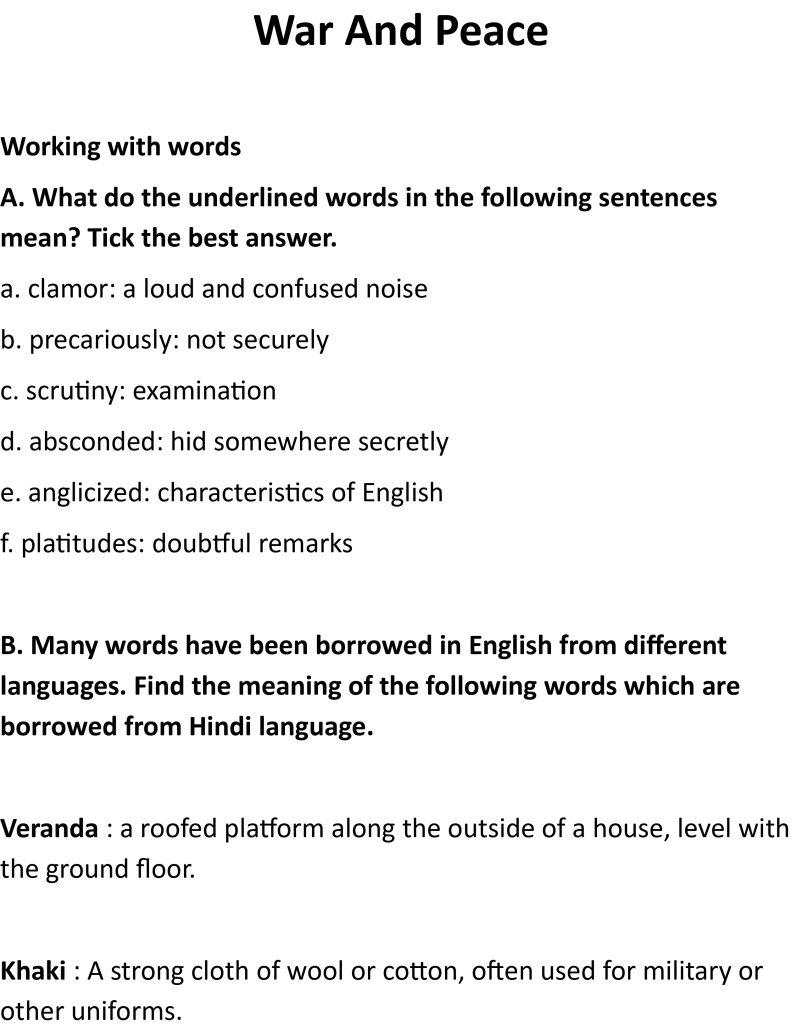
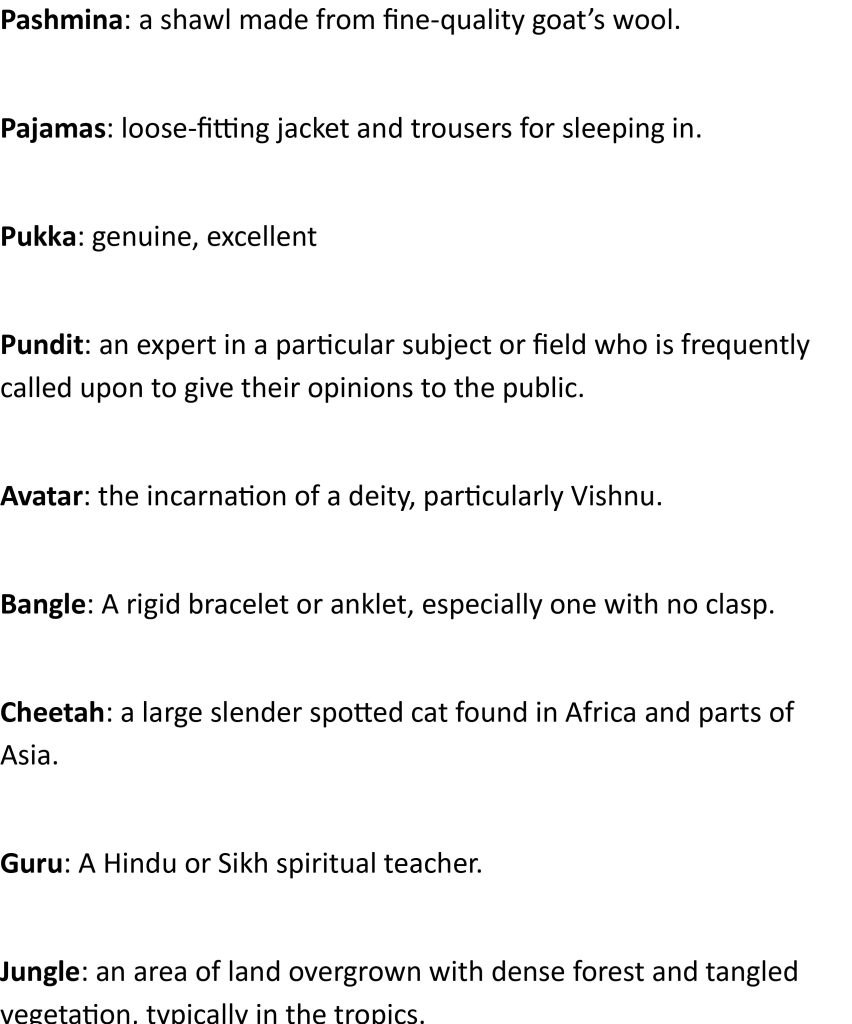
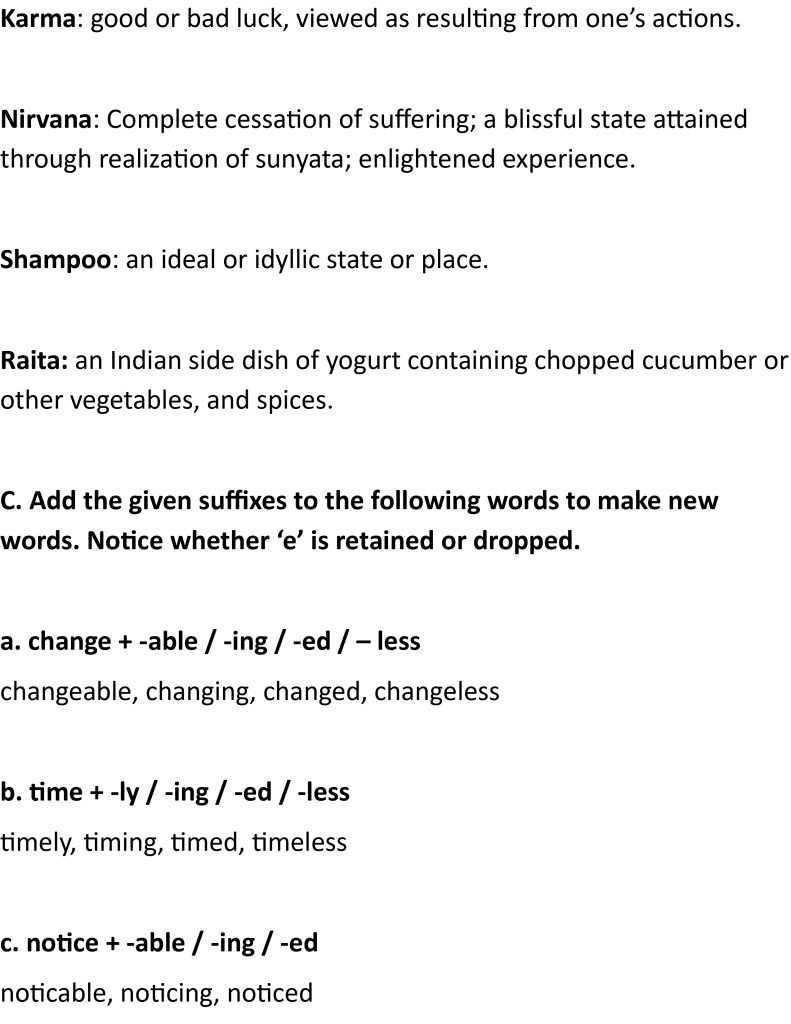
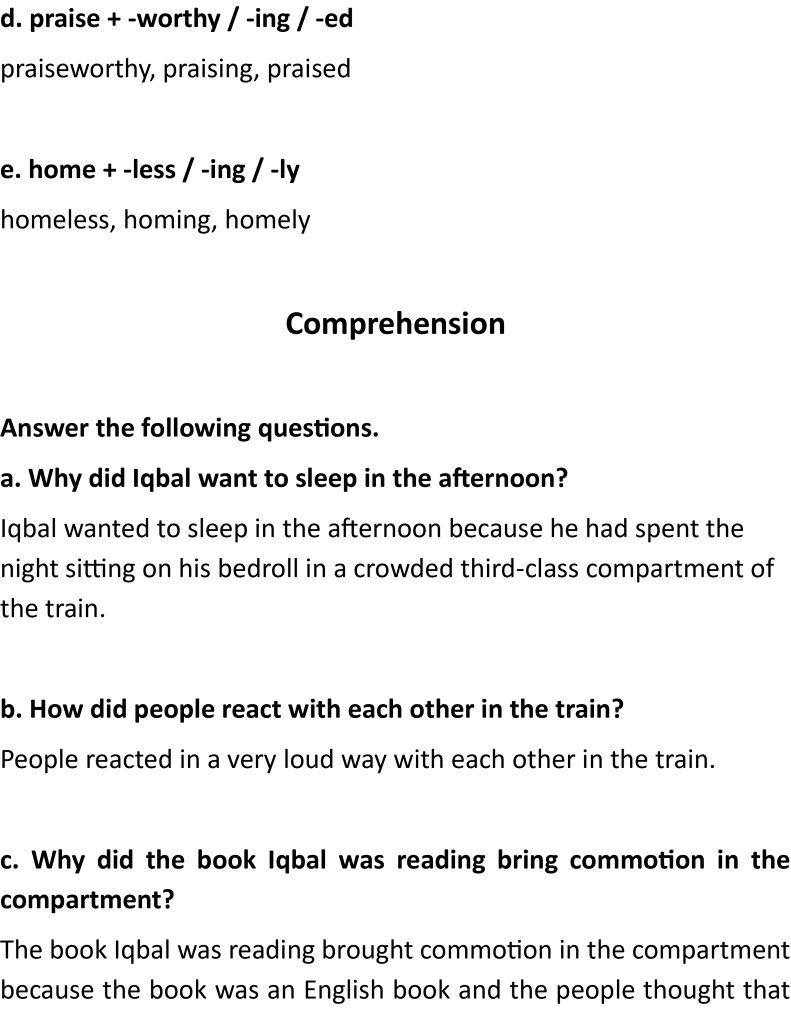
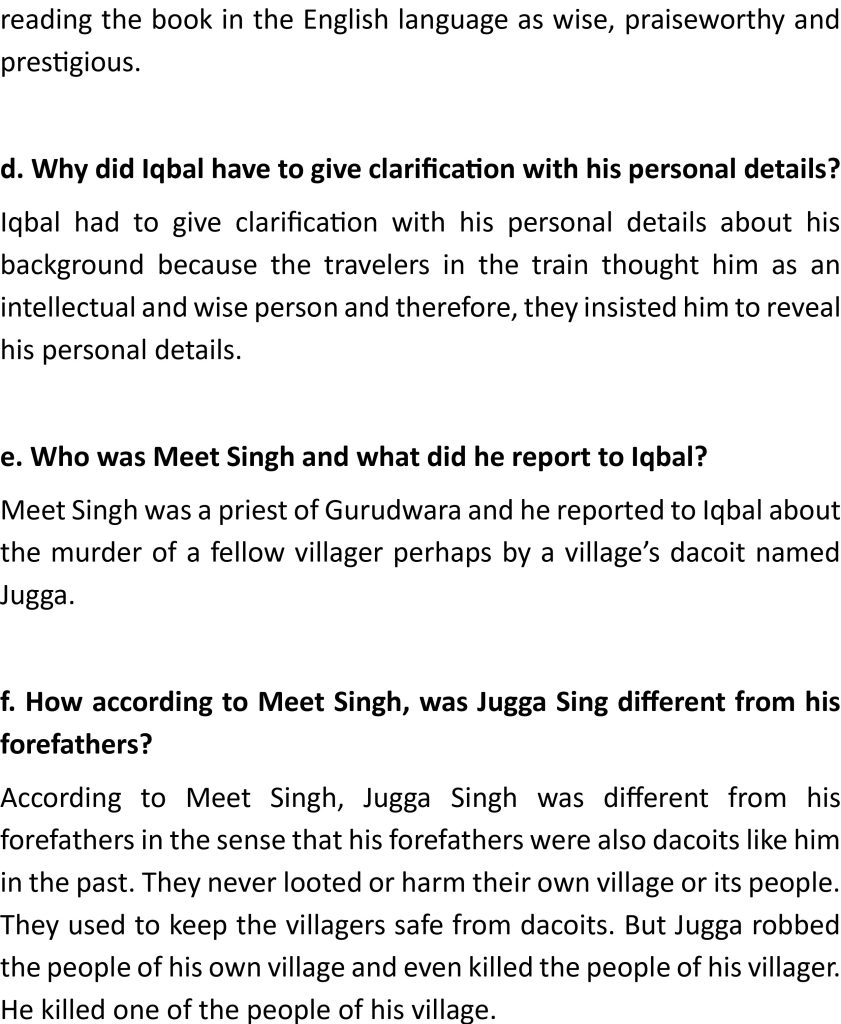
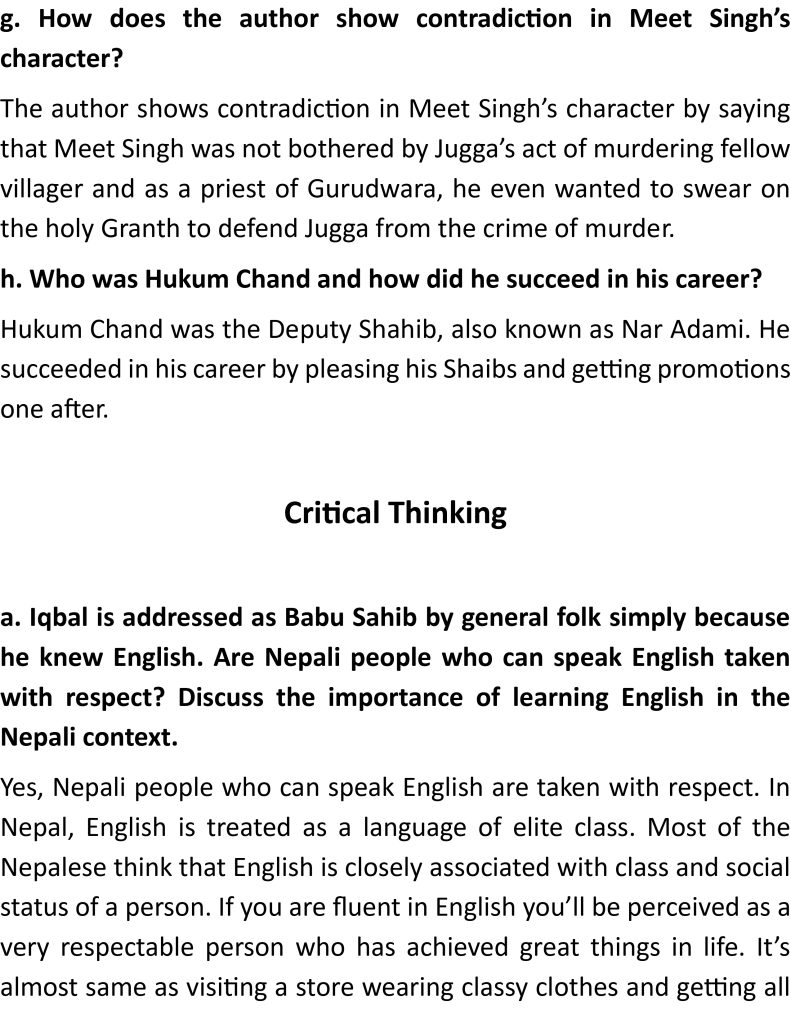
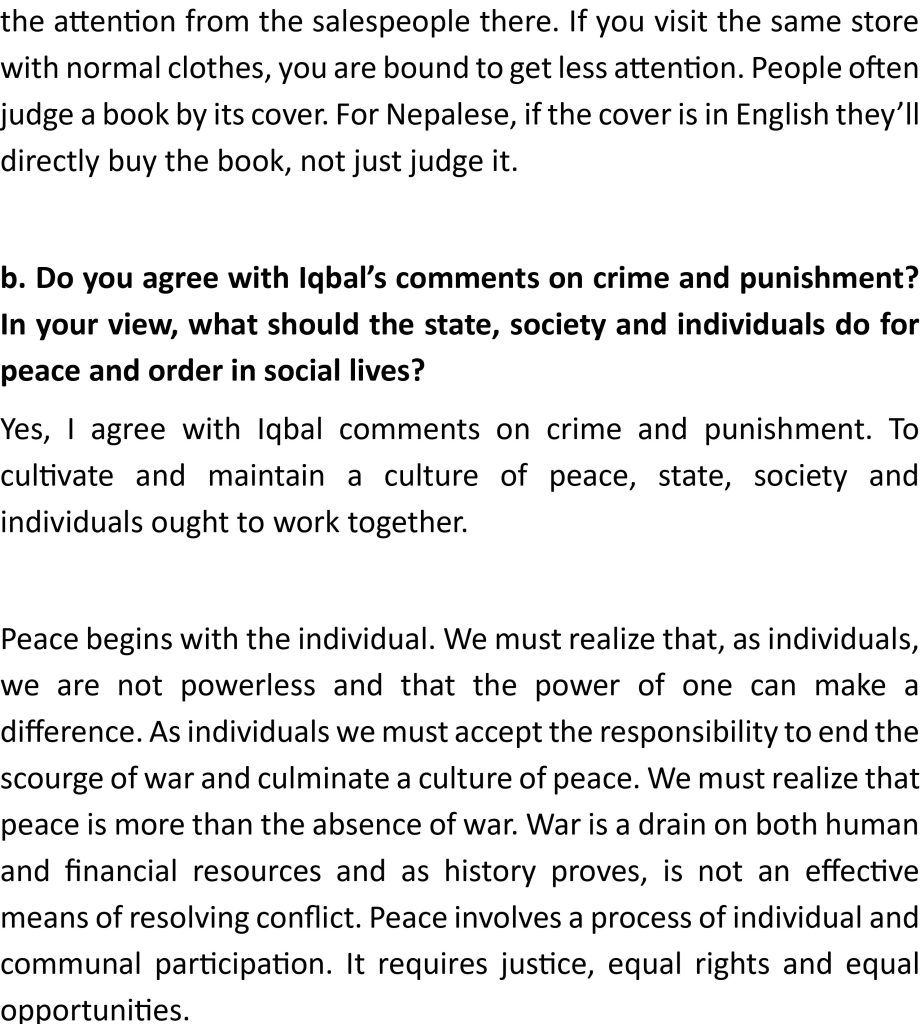
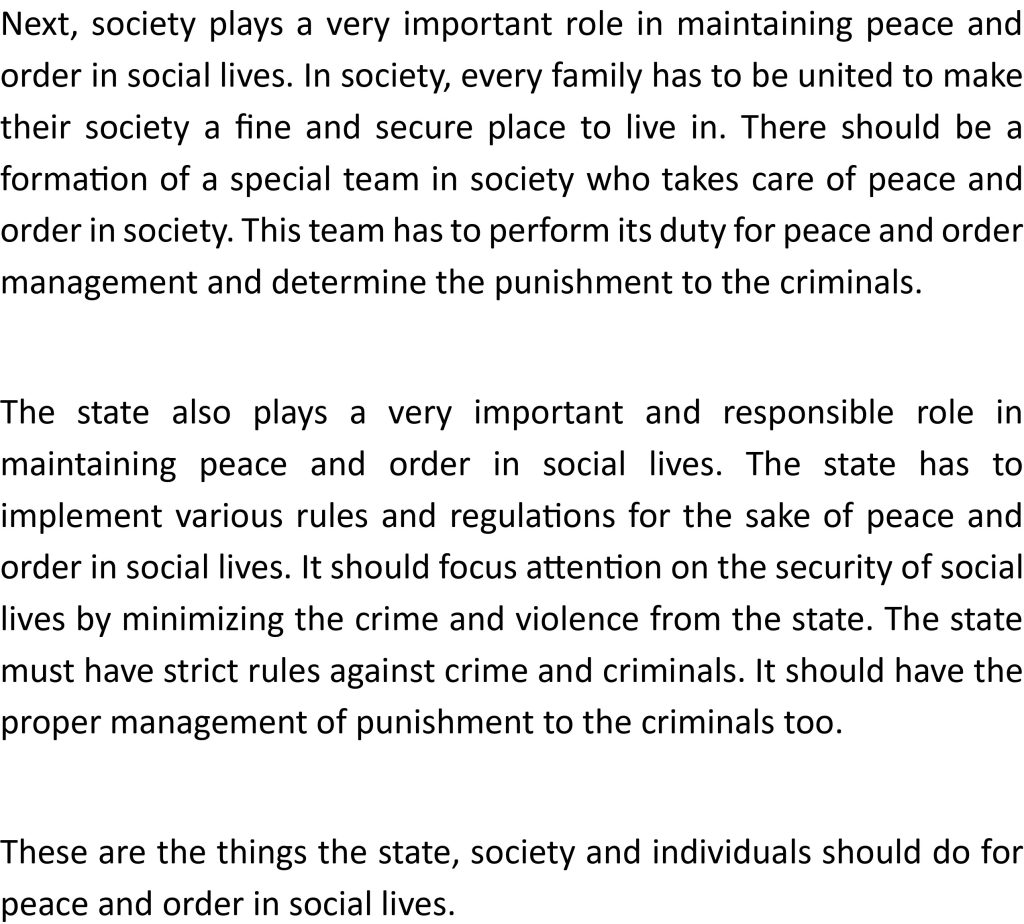
Continue reading with the NEB official English Guide App:

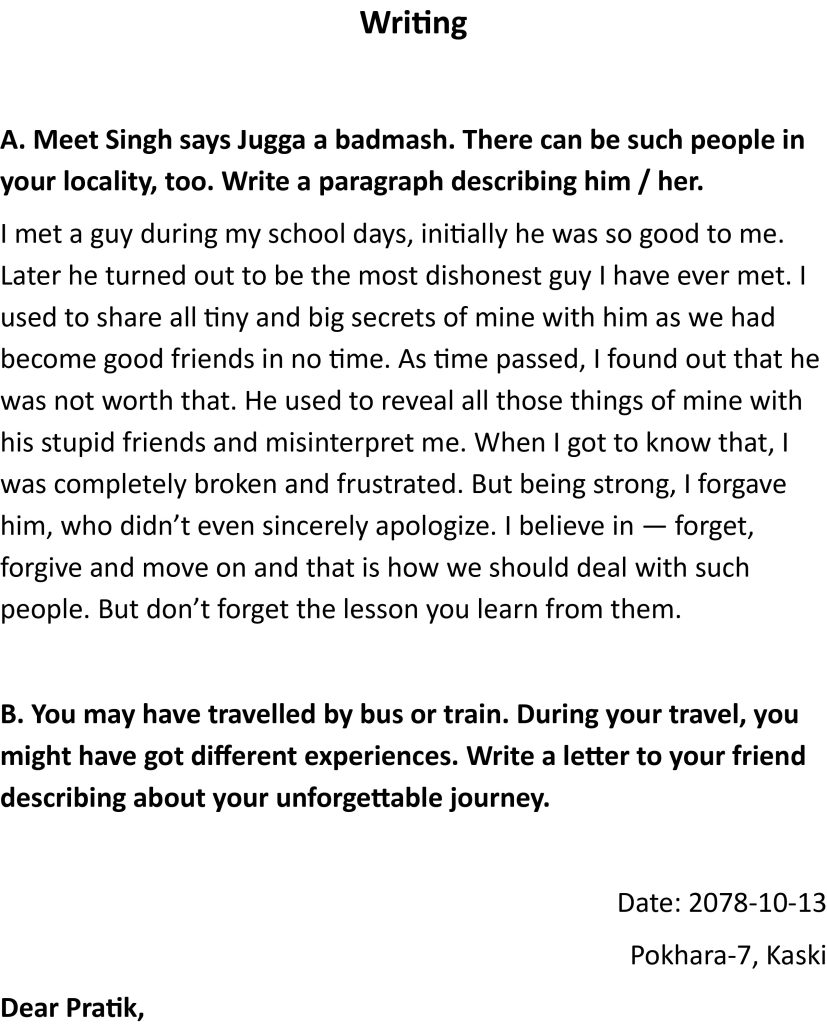

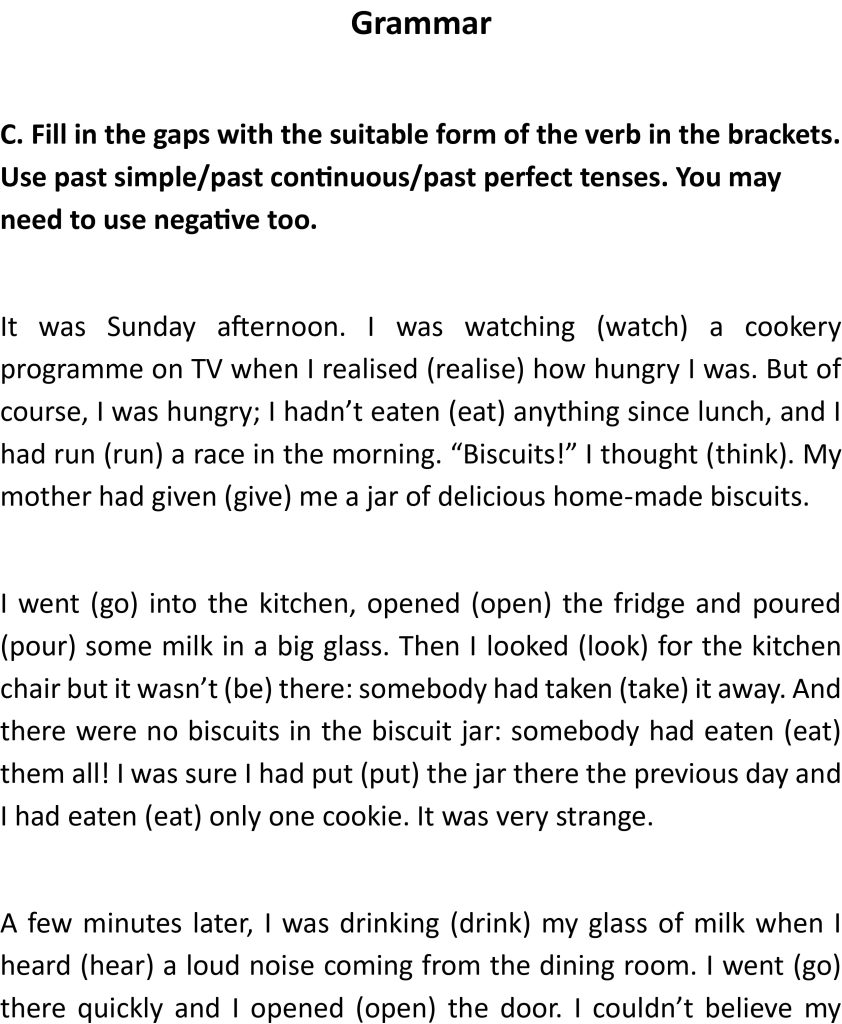
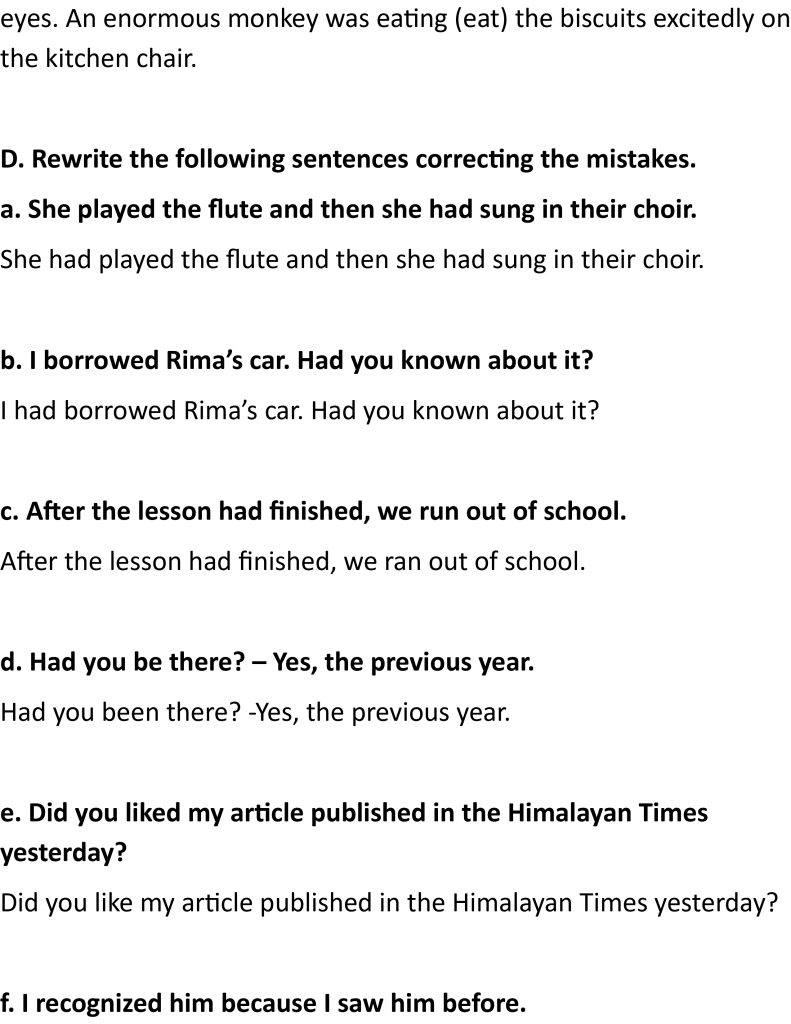
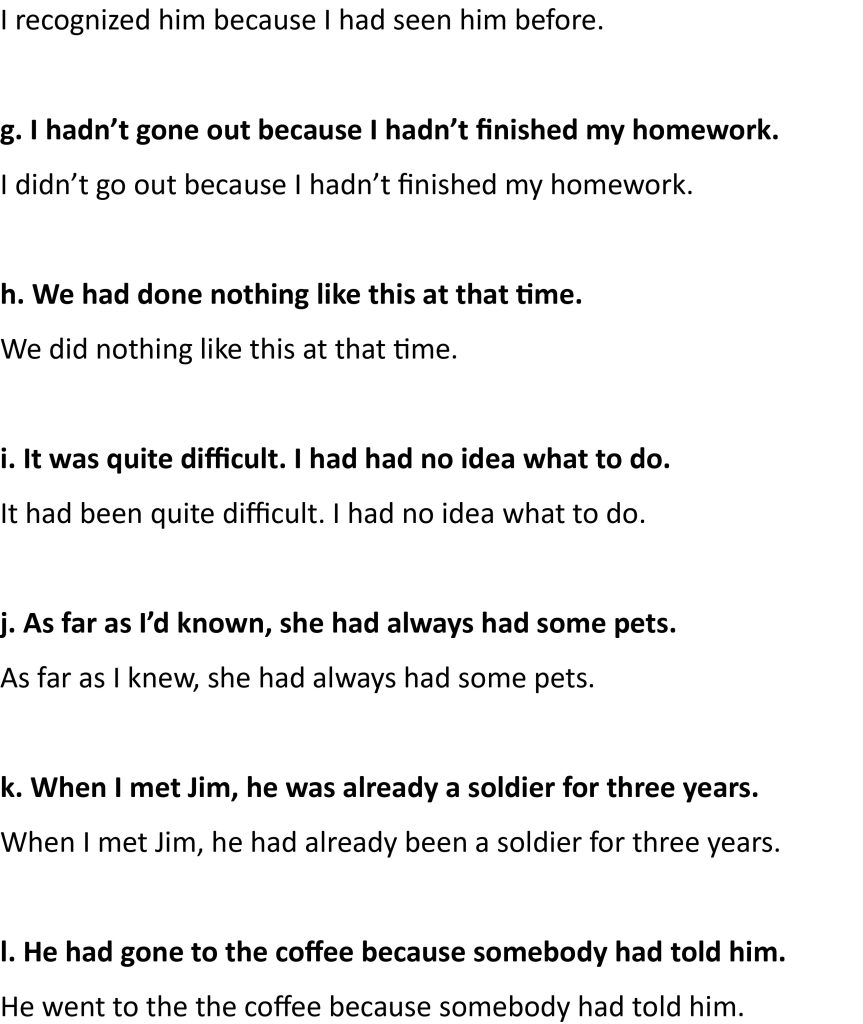
Summary of ‘war and peace class 12 exercise’
The story War and Peace, adapted from Khushwant Singh’s Train to Pakistan, explores the psychological and societal impact of Partition-era violence in India. Through the journey of Iqbal, a western-educated intellectual, the narrative examines communal tensions, the clash of ideologies, and the consequences of colonial rule. Iqbal’s brief interaction with various characters, including Meet Singh and Hukum Chand, highlights the confusion, fear, and contradictions within individuals and society during times of political upheaval. The story critically portrays how people’s perceptions are shaped by language, social class, and superficial understanding.
Key Takeaways
- Language as Power: English is perceived as a symbol of status and intellect, giving Iqbal unearned respect.
- Cultural Conflicts: Traditional and modern worldviews clash in the wake of colonization and independence.
- Partition’s Trauma: The story reflects the chaos, fear, and violence that followed India’s Partition in 1947.
- Hypocrisy in Society: Characters like Meet Singh reveal how morality is often compromised for convenience.
- Crime and Justice: The text questions the fairness of societal punishment and who gets to define justice.
- Individual vs Society: Iqbal’s intellectualism contrasts with the villagers’ raw emotional responses.
- Political Opportunism: Hukum Chand’s rise illustrates how political figures use manipulation to gain power.
- Moral Responsibility: The story hints at the need for both individual and collective accountability during crisis.
- Impact of Colonialism: The influence of the British is evident in language, law, and societal divisions.
- Themes of Irony: Despite being a priest, Meet Singh defends a criminal, exposing moral contradictions.
FAQ:
What is the main theme of “War and Peace” in Class 12 English?
The main theme revolves around communal tension, the moral dilemmas during Partition, and the impact of colonialism on identity and justice.
Who is Iqbal in the story War and Peace?
Iqbal is a western-educated man mistaken for an important political figure simply because he speaks English and reads English books.
How does language influence perception in the story?
In War and Peace, English is seen as a symbol of superiority, giving Iqbal undue respect from fellow passengers and villagers.
What contradiction exists in Meet Singh’s character?
Although a priest, Meet Singh is morally conflicted as he defends Jugga, a murderer, showing how personal biases override religious and ethical values.
How is Jugga Singh different from his ancestors?
Unlike his ancestors who protected the village, Jugga turns against his own people, making him a threat instead of a savior.
What does the story “War and Peace” say about justice?
The story questions the objectivity of justice, showing how societal roles and language can distort perceptions of guilt and innocence.
What is the role of Hukum Chand in the story?
Hukum Chand is a corrupt political figure who climbs the ladder of power by pleasing superiors and manipulating situations.
How is colonial legacy shown in War and Peace – Class 12 English?
The colonial legacy is evident in how English culture and language still define intelligence, power, and social hierarchy.
Why is Iqbal treated with respect in the village?
Iqbal is treated with respect because villagers associate his English-speaking ability with education, status, and wisdom.
What lesson does the story offer to students in Class 12 English?
It teaches that peace requires moral clarity, individual responsibility, and a collective effort to rise above prejudice and fear.

Leave a Reply